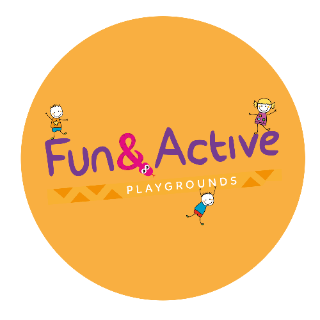Inclusive Playground Markings for SEN Schools
Updated on: April 5, 2023
At Fun & Active Playgrounds, we understand how important it is to ensure our playground markings are designed with everyone in mind. This includes all different learning capabilities and physical abilities. No one should be left out! With that said, let’s take a look at some of our inclusive playground markings for SEN schools, suitable for a range of different ages and needs.
Educational Playground Markings
We have a variety of different playground markings for schools that help support mathematics, reading, writing, and communication. Our Makaton Alphabet uses different colours and symbols to learn how to sign each letter from A to Z. This can also be created for British Sign Language.
For learning numbers and the letters of the alphabet, introduce your pupils to our friendly playground characters – the snake, the caterpillar, or the dragon. The colours on the designs can be simplified to include a combination of just two alternating colours to make for a more neutral aesthetic.
Phonics playground markings are perfect for developing literacy skills such as reading and writing – which could go a long way in helping to achieve the aims of the recent Schools White Paper. Our Phonics Pond and Elephant Phonics use a combination of two or three colours and can be used for all phases. Plus, each sound can be spaced out further to allow for different physical abilities.
Meanwhile, our Number Ladder and Number Grids are great for practising counting and improving mathematics. These designs can be adapted similarly to the characters by using just one or two colours. As well as this, we can widen the squares to make them accessible for wheelchair users too.
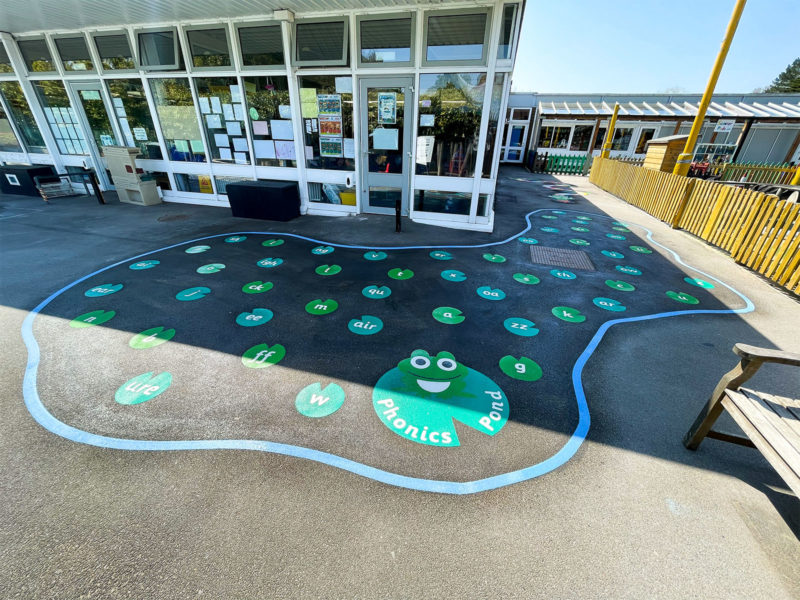

Active Playground Markings
With any playground marking it’s important to make it clear how to use it. This is particularly key when it involves more physical activity. Our wide range of hopscotch playground markings can be redesigned just like the above to include less colours if required, as well as footprints so that the children know exactly how to play.
Trail playground markings are some of our most popular designs and it’s easy to see why. They’re packed with lots of different activities and movements, some with different themes to make for an exciting playground game. Not only do the trails provide entertainment during break times, but they also encourage children to be active.
However, for some, all these different movements can become confusing. To help, we can create trails that have symbols and images to match the movement.
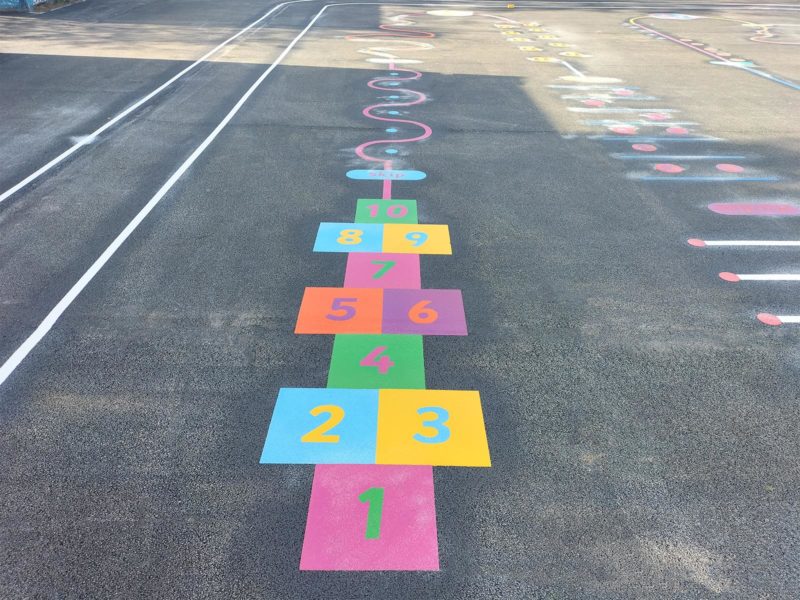
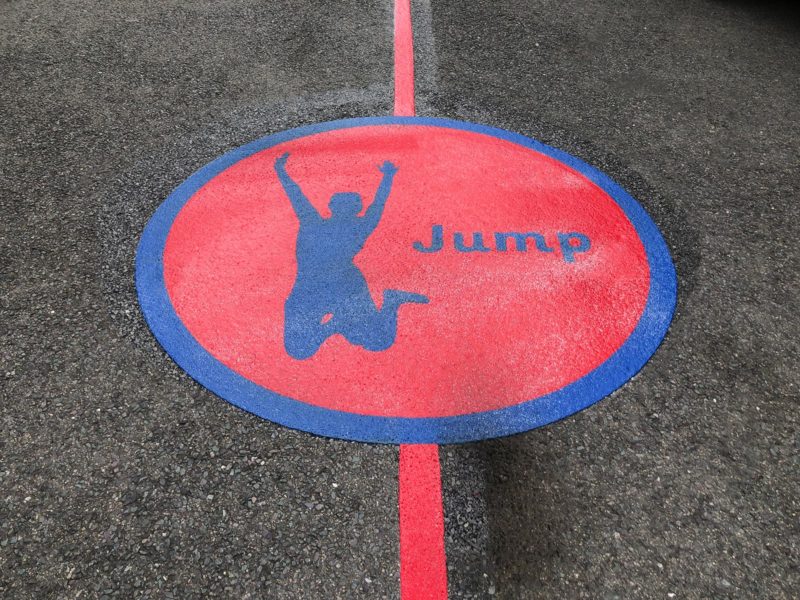
Mindfulness Playground Markings
Mental health is just as important as physical health, as happy children are more likely to demonstrate good behaviour, which has a direct impact on students’ attendance and attainment. This is also highlighted in the Government’s Schools White Paper.
To offer a helping hand in promoting mindfulness, we can create bespoke playground markings such as friendship stops. These are great for encouraging children to support each other, share their worries, and make new friends.
We also have a ‘Today I’m Feeling’ design to help children communicate their emotions. For children with special educational needs, 8 emotions might be too many so we can simplify this to 5 emotions – happy, sad, calm, angry, and scared. We can use colours for each emotion using the well-known Colour Monster Book to ensure each one is recognisable.
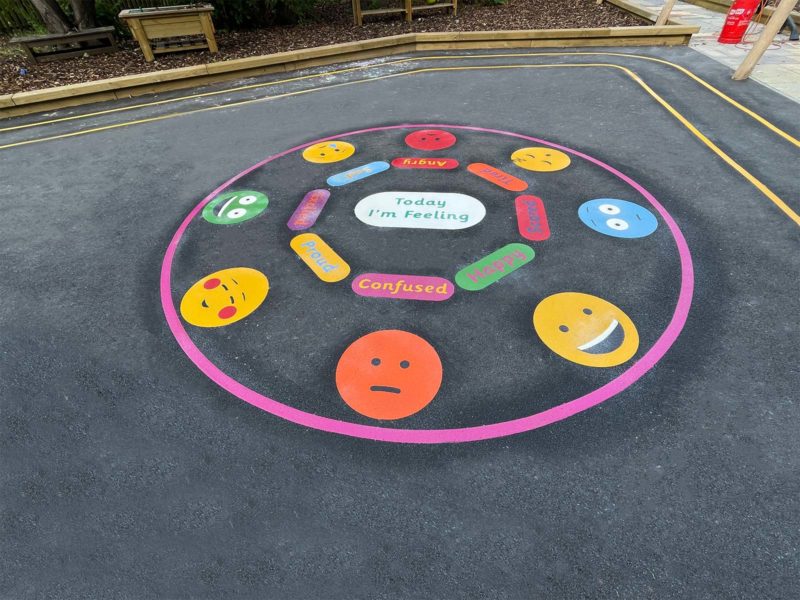
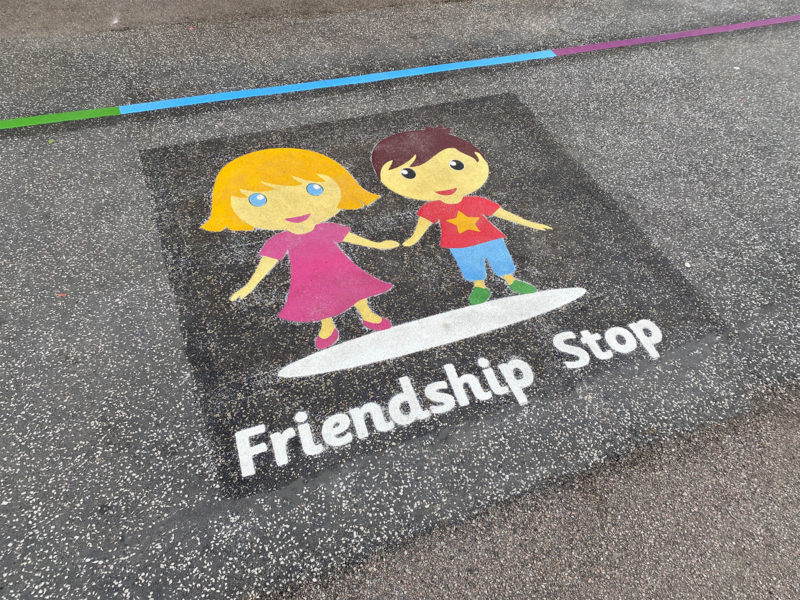
All of the above playground markings can be used for different year groups, different levels of capabilities, and different physical abilities. We want to make sure every child has equal opportunities, so if there are any designs that you think could be amended to suit your SEN school’s needs, we’re happy to do so. Contact our friendly team today if you have any upcoming playground projects.

Jess Sparks
Jess is deeply committed to supporting our mission of positively impacting UK outdoor play environments to promote healthy lifestyles in children.
With a CIM Level 6 Diploma in Sustainable Marketing, Jess channels her passion for sustainability into her marketing role, using her skills to promote eco-conscious practices and raise awareness for our initiatives.
Jess’ experience within the industry is instrumental in driving engagement and supporting connections with those who require ultra-durable, high-grade playground markings both locally and internationally.
